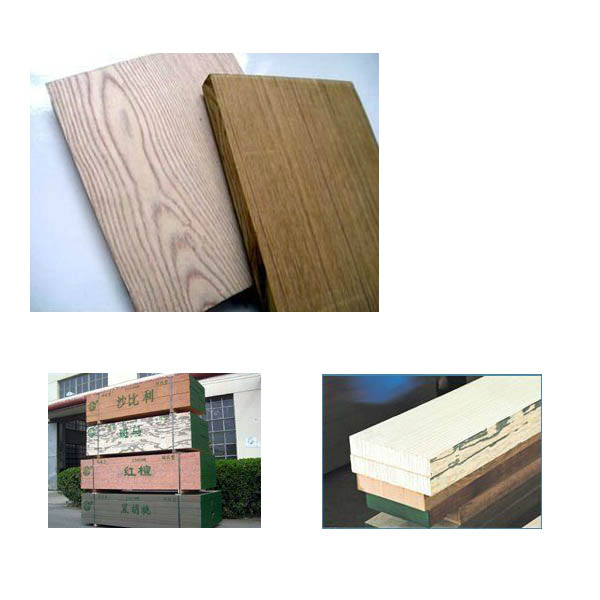Glyphosate (PMIDA), chemical name is N-(phosphonomethyl)iminodiacetic acid, the molecular formula is C5H10NO7P, pure and industrial products are white crystals, melting point 210 ° C (decomposition), slightly soluble in water, insoluble In organic solvents such as ethanol, acetone, ether, benzene. It can form salts with alkalis and amines. It is the main raw material for the production of broad-spectrum germicidal post- emergence herbicides , and an important intermediate in the pesticide, pharmaceutical, rubber, electroplating and dye industries.
If the glyphosate is mixed with water, the reaction is heated with excess hydrogen peroxide in the presence of equimolar sulfuric acid to obtain glyphosate in a yield of 90% to 95%. Glyphosate is a non-selective, residue-free herbicide that is very effective for perennial root weeds and is widely used in rubber, mulberry, tea, orchard and sugar cane fields. As a herbicide, it mainly inhibits the enol acetone-based valerin phosphate synthase in the object, thereby inhibiting the conversion of valerin to phenylalanine, tyrosine and tryptophan, causing the synthesis of proteins to interfere with plant death. . Glyphosate is absorbed by stems and leaves and transmitted to various parts of plants. It can control more than 40 families of monocotyledons and dicotyledons, annual and perennial, herbs and shrubs. Glyphosate quickly loses its activity when it is combined with metal ions such as iron and aluminum, and has no adverse effects on the seeds and soil microorganisms in the soil.
Therefore, glyphosate and glyphosate are not the same pesticide product. Glyphosate is only an intermediate of glyphosate, which can be converted to glyphosate under certain conditions.
Engineering wood is in normal wood as raw material, using the bionics principle, through to the ordinary wood, mimosa various modified chemical processing production of a more superior performance of the whole wooden new decorative material. Compared with natural materials, it is almost not bent, cracked or twisted.Its density can be artificially controlled, stable product performance is good, in the process of machining, it does not exist when the natural wood processing of waste and losses, can increase the wood comprehensive utilization to 86% above.Engineering wood is not solid wood, but synthetic compound products.Engineering Wood can be widely used in furniture, decoration, floor, , doors and Windows, sports materials, and other fields.
Luli Group Co.,Ltd is a specialized manufacturer and exporter for wood products with more than 20 years experiences . And produces high quality Engineering wood but low price Engineering wood.
The details of engineering wood
1.Size:620/640MM*2500/1270*2520MM,630-850*1270MM ETC.
2.Thickness:15-100MM/0.1-0.6MM
3.Species:Walnut,Teak,Zebra,White/Red oak,Sapele,ETC

Engineering wood
Engineering Wood,Engineering Teak Wood,Layer Engineered Wood Floors,Synthetic Engineering Wood
Luli Group Co.,Ltd. , https://www.plywoods.nl